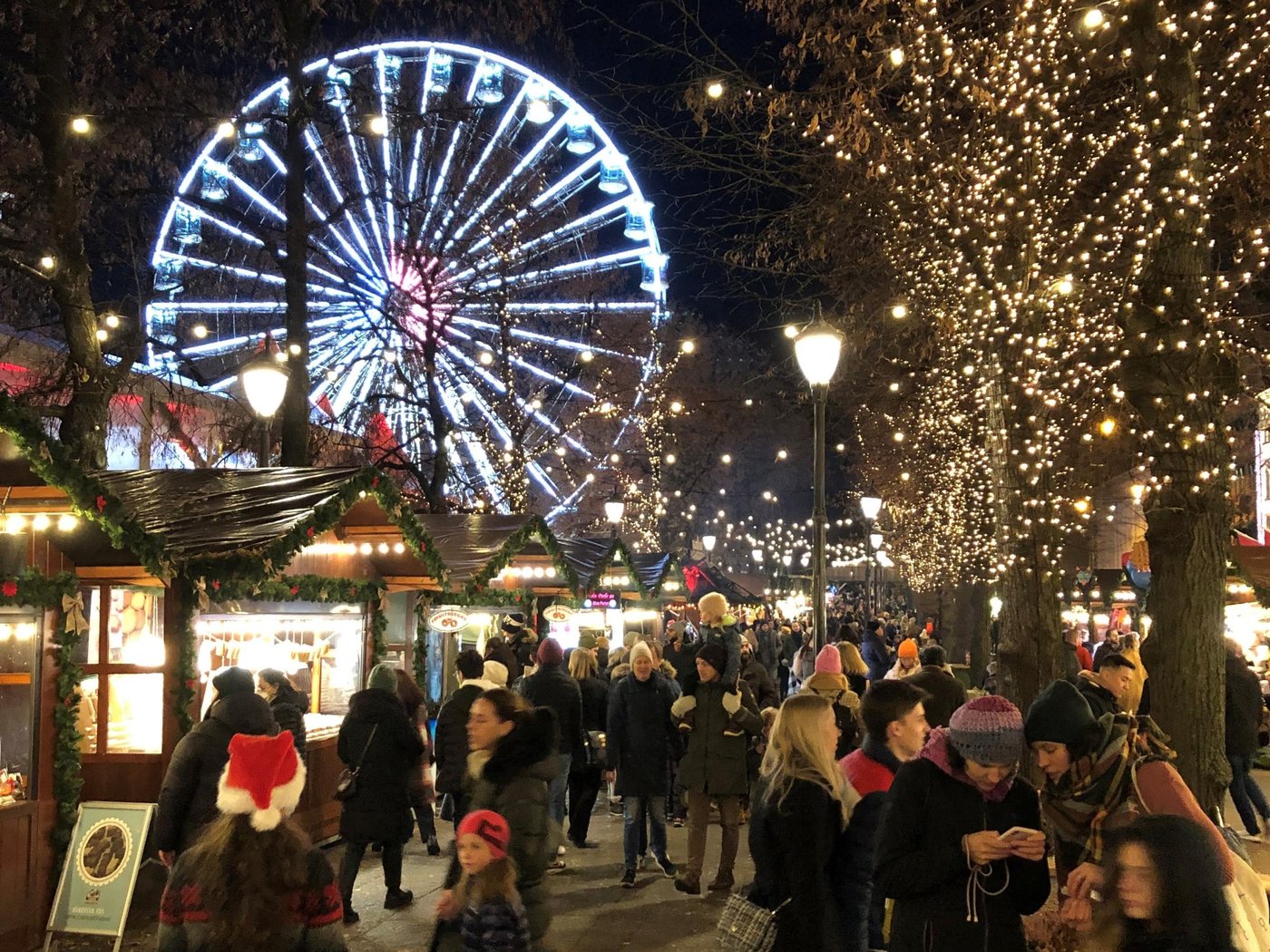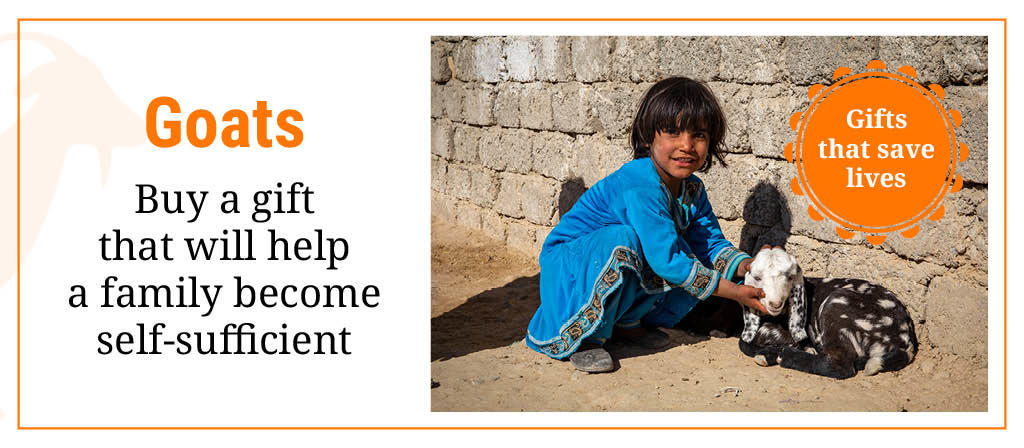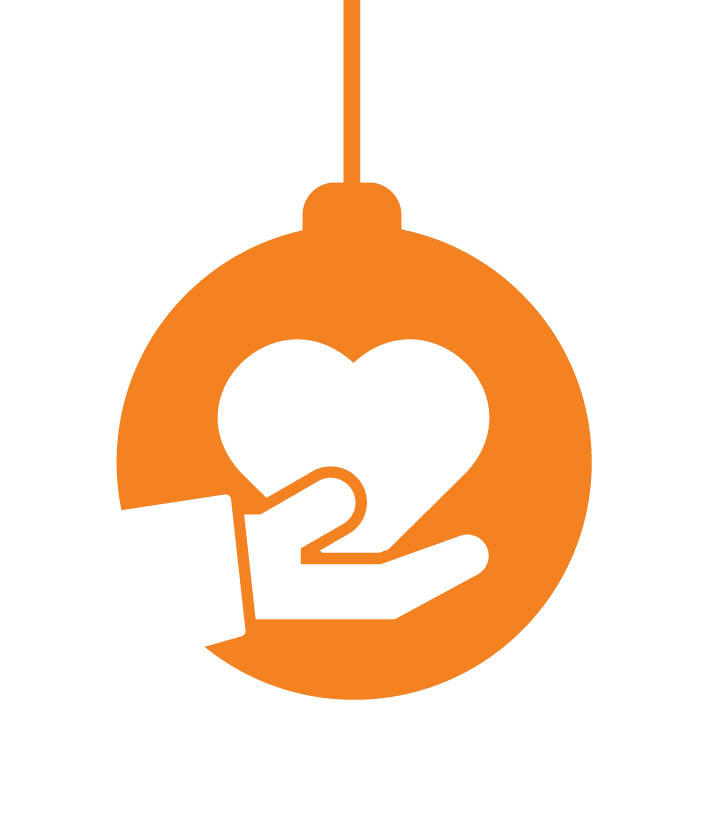
With its snowy winters, pine forests and cosy wooden homes, Norway is famous for its “Christmassy” atmosphere. Christmastime is a special time for many Norwegians, and festive spending is expected to hit a near-record high this year. But as the holiday approaches and the presents pile up, a growing number of Norwegians are looking to spend their Christmas “kroner” in a more meaningful way.
Oslo is Norway’s capital city. It’s also home to our head office here at the Norwegian Refugee Council (NRC). Although we are a global organisation with operations in 35 countries around the world, we still have many supporters in Norway itself. We decided to find out how Norwegian shoppers really feel about their festive spending.
***
Norwegians have a long tradition of helping others at Christmas. For example, matchboxes are found in almost all Norwegian homes during the festive season, with matches being used to light countless winter fires and Advent candles. Back in 1922, the Bryn & Halden Matchstick Factory set up a fund for blind children, and part of the profits from its matches still goes to helping others.
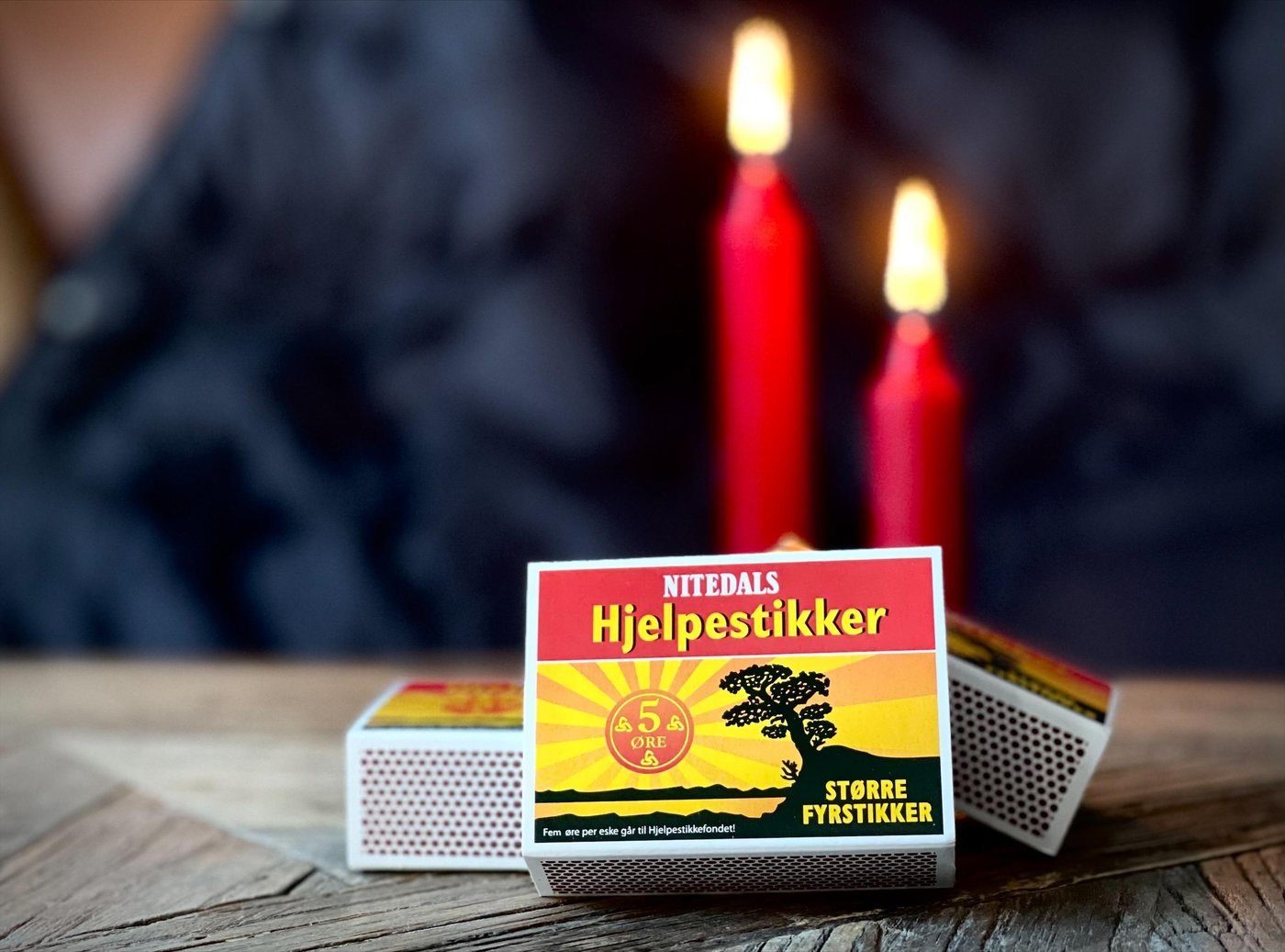
Since it was established, this fund has distributed more than 5 million euros to charitable causes.
So, why not stress less with your Christmas shopping, make life easier for yourself and follow the Norwegian tradition of giving gifts that help people in need?
New shopping records
Every year, Norwegians spend more and more on Christmas. This year, it is expected that they will spend a staggering 12 billion euros on shopping during December, with over half of this going on Christmas gifts. That’s equivalent to 1,200 euros per person.
With the exception of 2020, when Norwegians spent an unusual amount of money in retail due to the pandemic, the total spent this year is expected to be the highest ever recorded – some 12 per cent higher than the 2019 figure. But not all gifts are equally useful.
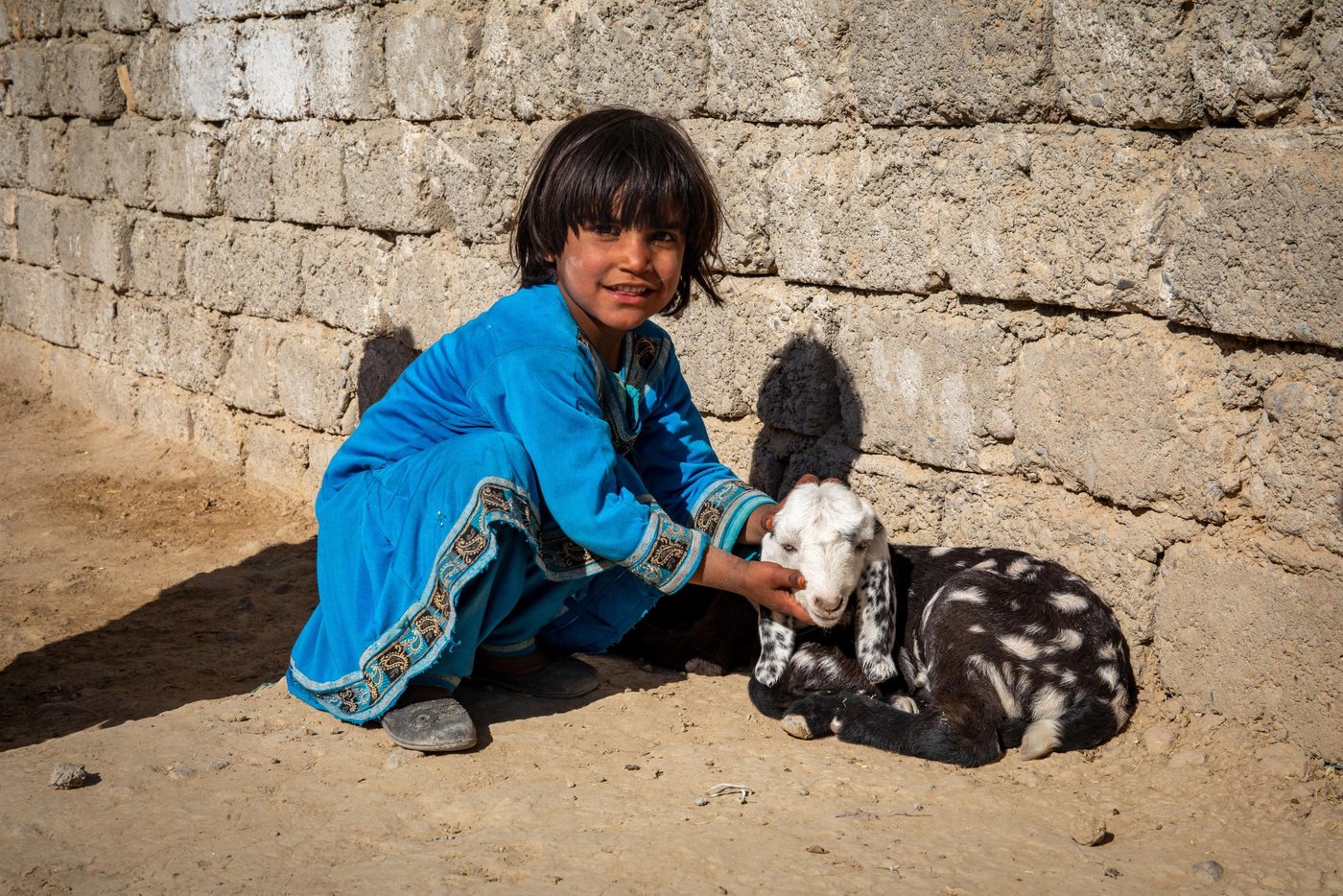
Life-saving goats
Symbolic gifts, or “Gifts that save lives” as we call them at NRC, are always a winner under the Christmas tree. During our 2020 Christmas campaign, Norwegians spent over 100,000 euros on such gifts from NRC.
The concept was first launched in 2006, giving Norwegians the chance to buy a gift card for a goat for a displaced family. You can still buy a goat today, and over 400 such gift cards were purchased from our online gift shop last year.
Livestock such as goats are an important source of sustenance to families who have had to leave everything behind. With a goat, a family can get food and earn a living, and eventually support themselves.
There was considerable interest in symbolic gifts from the outset, and this has continued to grow. In 2013, one in three Norwegians said they were considering placing a symbolic gift under the Christmas tree that year. Sales have remained stable, and many still say that they would like to give or receive such a gift for Christmas.

When we went out into the streets of Oslo to take the temperature of this year’s Christmas shopping trade, we met several people who said they could imagine giving a “Gift that saves lives” for Christmas. Liv Elin Hjelmeland was one of them.
Instead of buying something that just gets put away at the back of the closet, we have chosen to do things a little differentlyLiv Elin Hjelmeland
“Many of the gifts we buy are not totally necessary,” she told us. “So instead of buying something that just gets put away at the back of the closet, we have chosen to do things a little differently … I myself have received [symbolic gifts] in the past, but not often! I hope to receive more of them.”
Give a gift that saves lives this Christmas
Your gift really can save lives
In addition to goats, Norwegians bought 461 homes and 279 heaters from NRC last Christmas.
Among those who received help were seven-year-old Amina and her family. When NRC first met her, she had been living under plastic sheeting for four years and was walking barefoot on the cold ground. She was shivering from the cold. Thanks to the support of NRC’s donors, we were able to help the family replace their tent with a house. They also received a heater and warm winter clothes, and Amina and her family were finally able to keep warm.
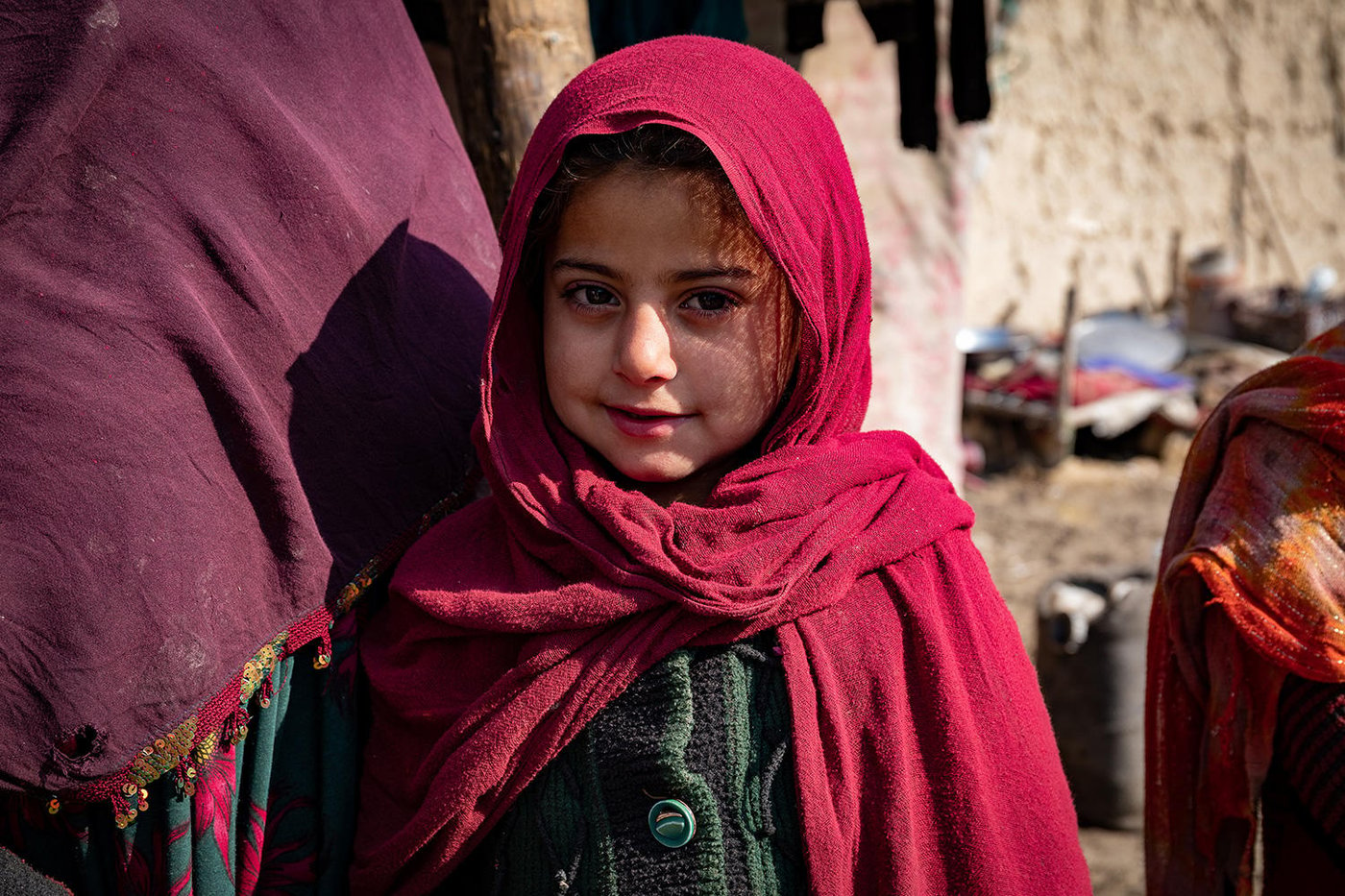
The presents we throw away
As we continue to set new Christmas shopping records, more and more of the gifts under Norway’s Christmas trees find their way into the bin or online marketplaces.
In a recent interview with the Norwegian Broadcasting Corporation (NRK), Vainy Brustad, Operations Manager at the Haraldrud recycling station, revealed that even gifts that have never been opened end up on the rubbish heap.
Between Christmas and New Year, Christmas presents arrive – all wrapped up with a bow – which have been thrown away. It’s a tragedy.Vainy Brustad
But a growing number of people want to avoid this. Increasing awareness of the climate crisis in recent years has led many people to make more environmentally friendly choices when shopping for Christmas gifts. In addition, many want to give gifts that can benefit more people than just the recipient. They want their gifts to be truly useful.
A set of warm clothes can mean the difference between life and death for a freezing child.
And Christmas is a time for children.
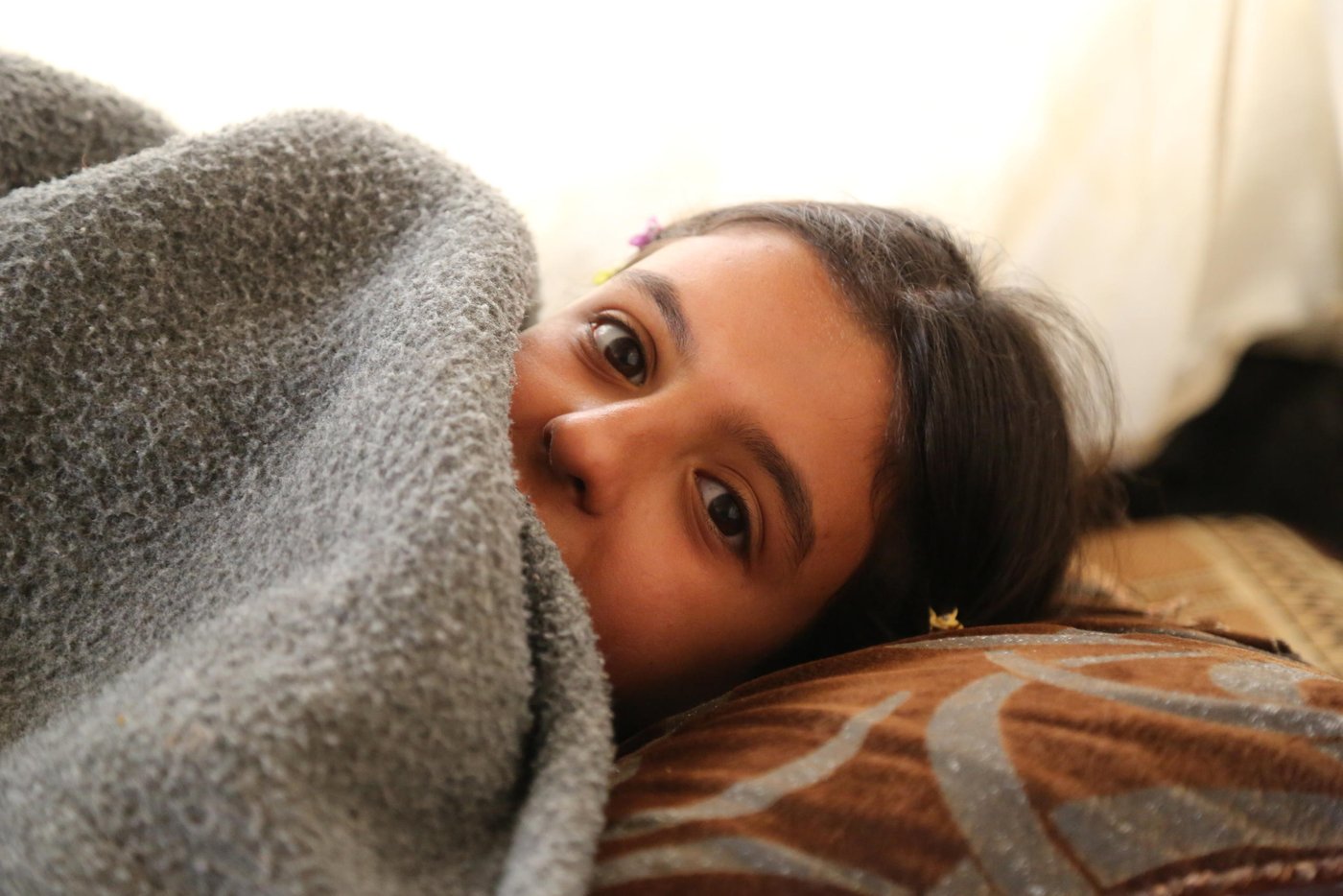
12 billion euros. Over 1,200 euros per person. Just a fraction of this can get you a gift for a loved one, a clear conscience and a warm blanket for a child in the biting winter cold.
Give a gift that saves lives this year.
Sources: Virke, e24, NHO, Store norske leksikon, Bistandsaktuelt, NRK


